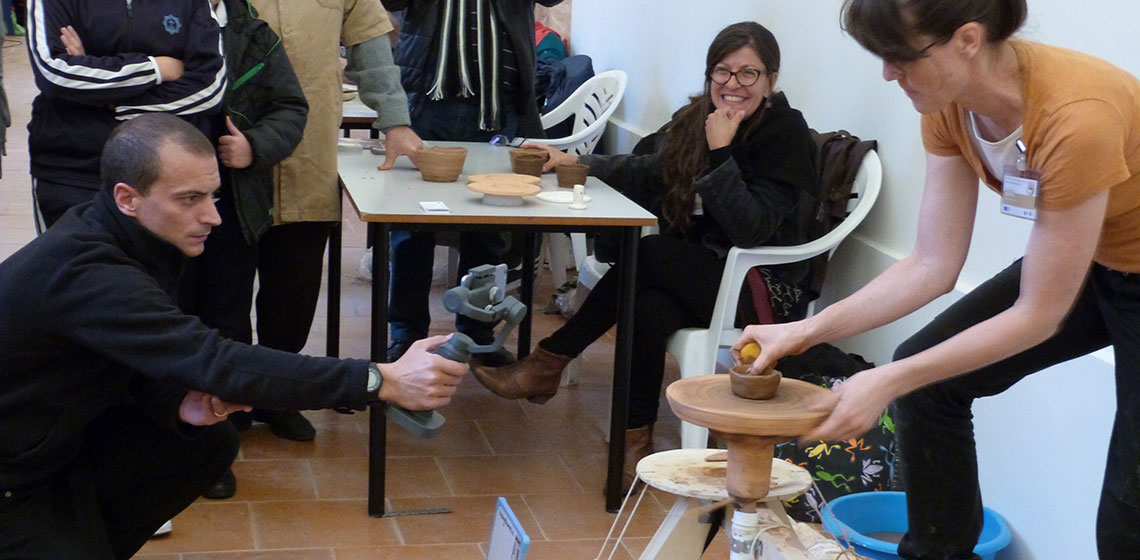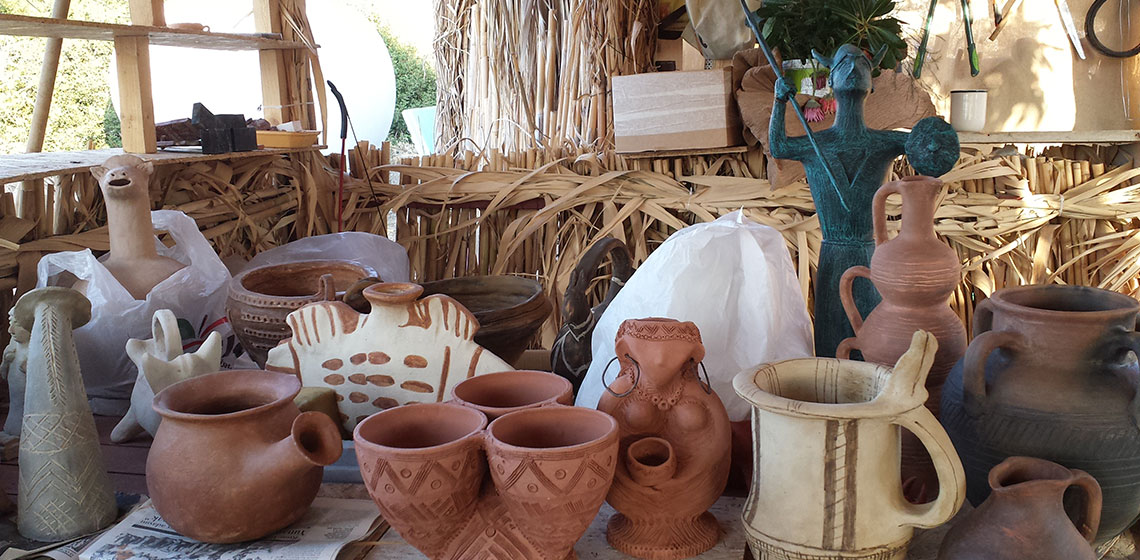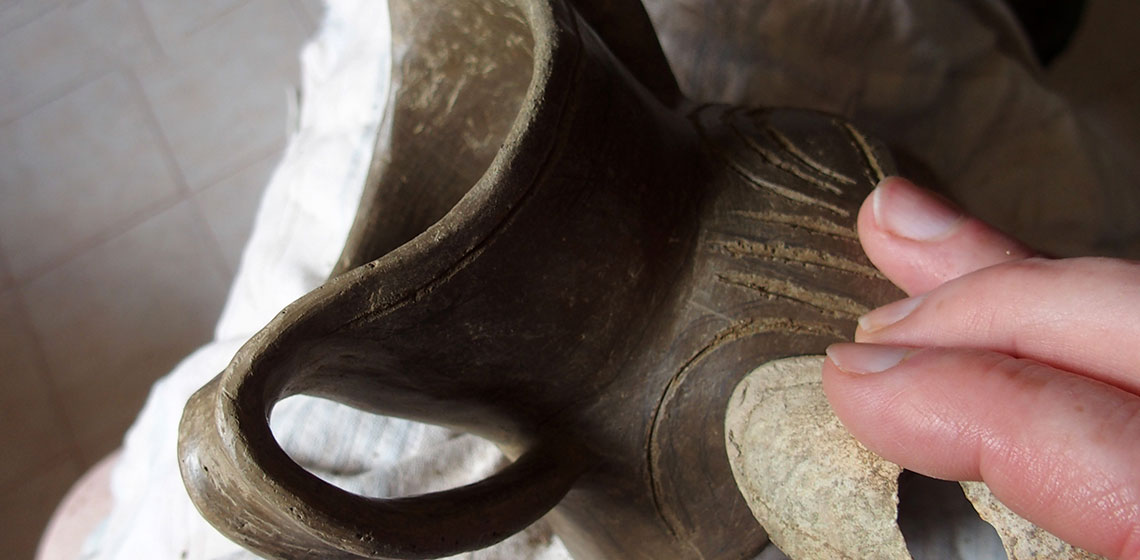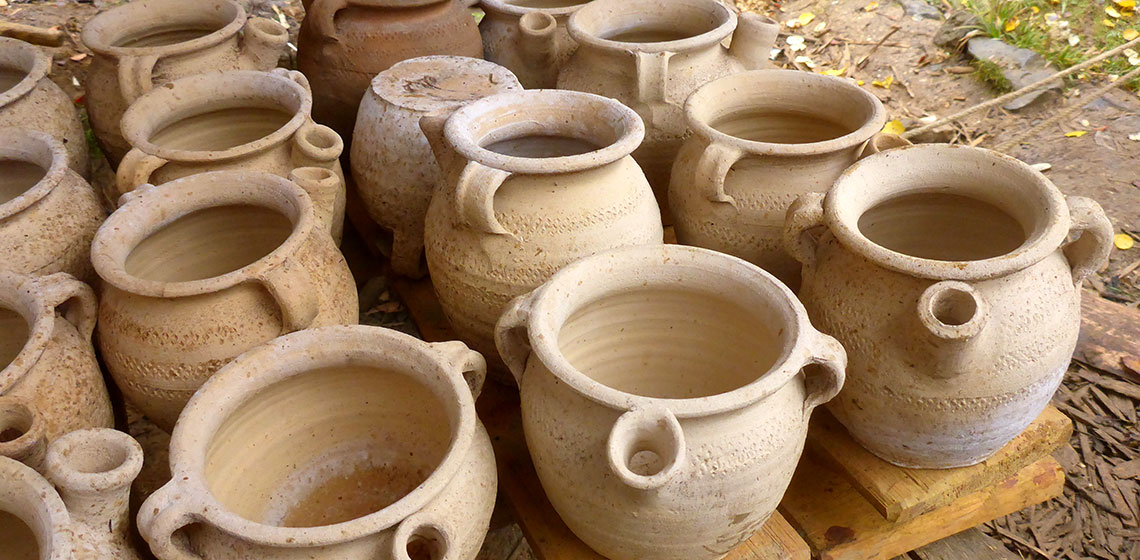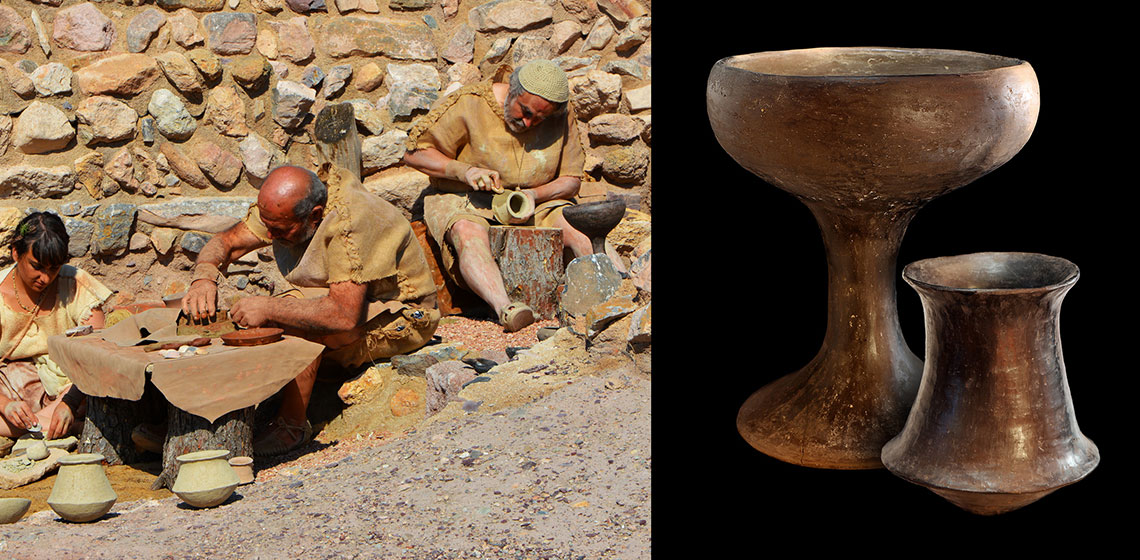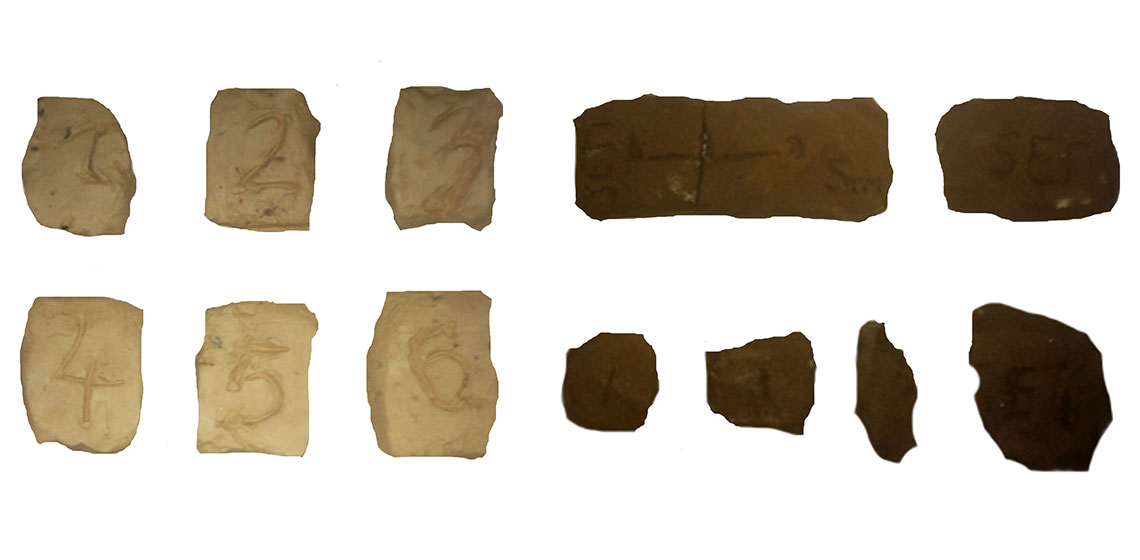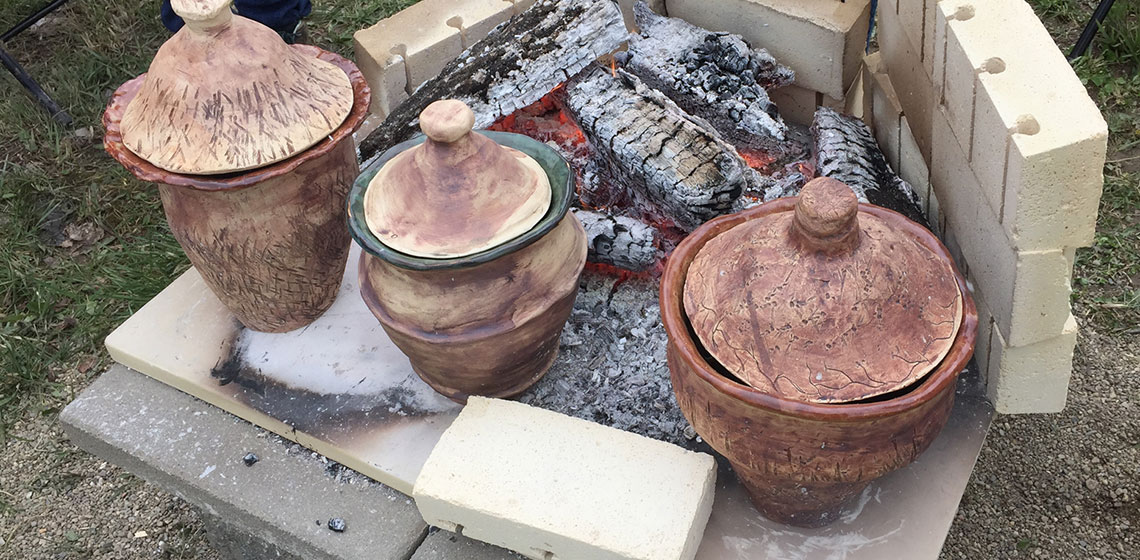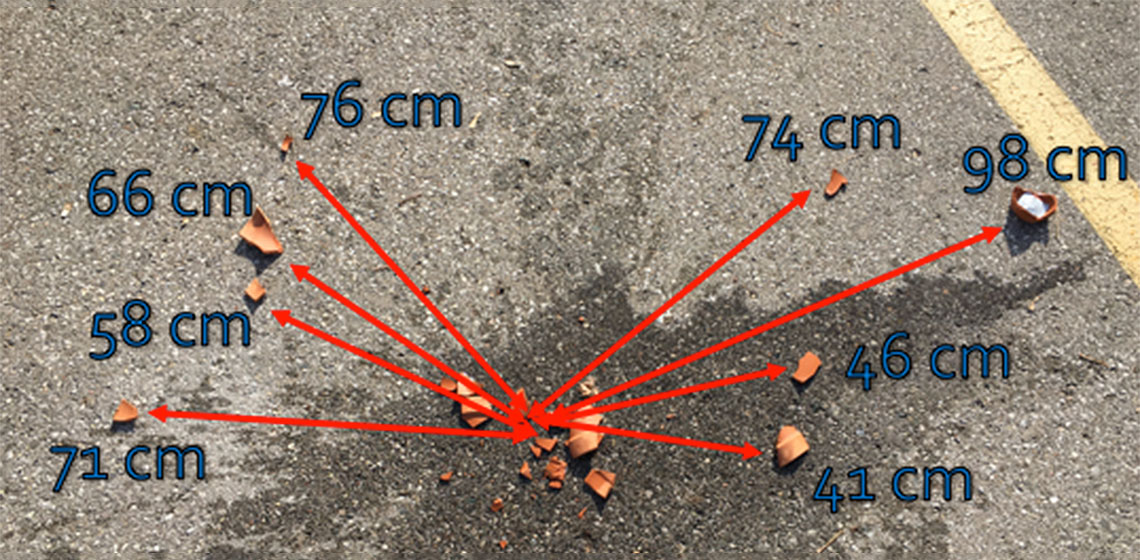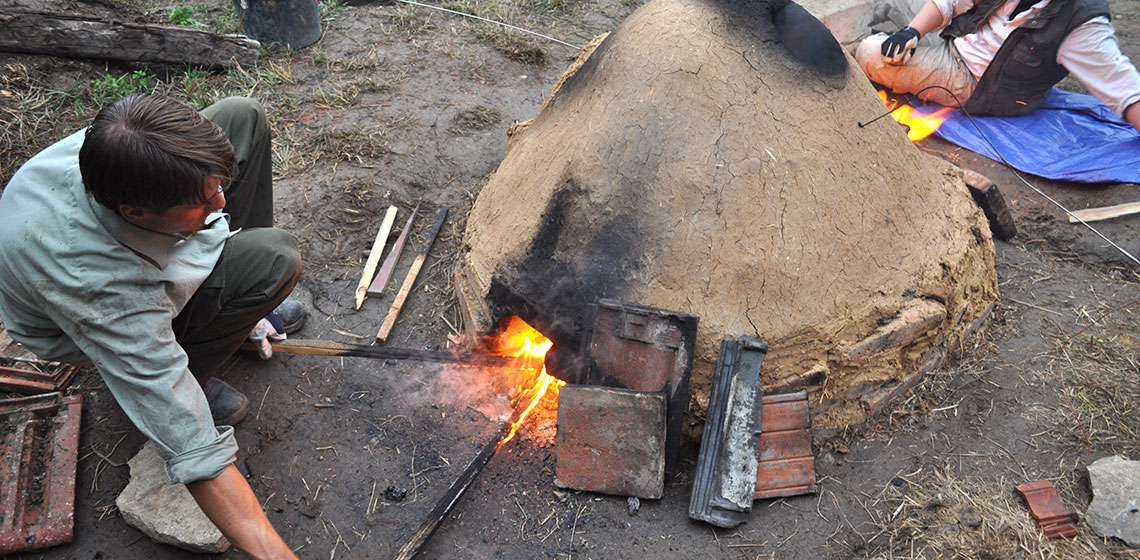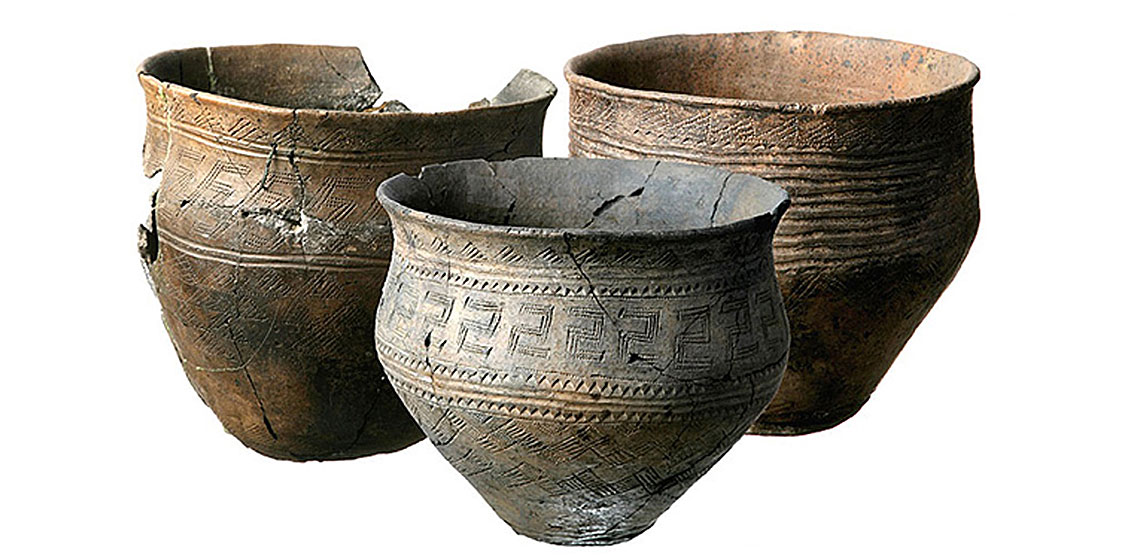ceramics
CRAFTER: Potting Techniques of the Bronze Age
Publication Date
Throughout its history, experimental archaeology has fulfilled a valuable role in archaeological research, allowing craftspeople and scholars alike to deepen an understanding of people and their societies in the past. EXARC’s recent involvement in the CRAFTER project, and the author’s participation in its International Meeting in Mula (Spain), has demonstrated that significant knowledge gaps remain in...
Event Review: The Second Annual Vounous Terracotta Symposium
Publication Date
Rauf Ersenal has hiked through the mountains of North Cyprus for years, searching for the rare clays that have been used to make pottery there for millennia. The most prized colours of these clays produce a soft green that is the colour of fresh olives, the bright red of terra sigiliata, and another clay that creates a true black...
CRAFTER: Re-creating Vatin Pottery
Publication Date
An attempt to re-create pottery of the Vatin culture has been made within the Crafter project (Crafting Europe in the Bronze Age and Today), whose aim is to help revive modern-day artisanship by drawing inspiration from Bronze Age pottery of four European Bronze Age societies: El Argar (Spain), Únětice (Central Europe), Füzesabony (eastern Hungary) and Vatin (Serbia)...
Scientific Profit through Daily Routine
Publication Date
10th EAC Leiden 2017
***The open-air museum Campus Galli is a construction site where we built an early medieval monastery, following the so-called “Plan of St. Gall”, an architectural drawing from the first half of the 9th century (Carolingian period) as our major reference source (cf. Schedl, 2014; Facsimile: Tremp, 2014)...
***The open-air museum Campus Galli is a construction site where we built an early medieval monastery, following the so-called “Plan of St. Gall”, an architectural drawing from the first half of the 9th century (Carolingian period) as our major reference source (cf. Schedl, 2014; Facsimile: Tremp, 2014)...
CRAFTER: Reviving Bronze Age Pottery in EU-funded Project
Publication Date
The CRAFTER project aims at reviving modern-day artisanship by drawing inspiration from pottery traditions of four of the most remarkable Bronze Age societies of Europe: El Argar (south-eastern Spain), Únětice (Central Europe), Füzesabony (eastern Hungary) and Vatin (south Serbia)...
Some Remarks on Technological Process of Tartessian Pottery
Publication Date
This paper makes an attempt to examine the Tartessian ceramics not from a traditional typological posture seeking the chronological sequences, but from an uncommon approach, where experiment plays an important role. The goal is to shed light on these still relatively weakly recognised aspects of the study of the pottery from the South-western part of Iberian Peninsula...
Experimental Archaeology as Participant Observation: A Perspective from Medieval Food
Publication Date
10th EAC Leiden 2017
***Central to anthropology is the concept of participant observation, where a researcher engages in immersive learning through ethnographic fieldwork. This concept is also important for archaeologists as immersive learning provides an avenue for more robust interpretation and the development of...
***Central to anthropology is the concept of participant observation, where a researcher engages in immersive learning through ethnographic fieldwork. This concept is also important for archaeologists as immersive learning provides an avenue for more robust interpretation and the development of...
Sherd Shatter Patterns Experiment
Publication Date
In field archaeology, the importance of non-diagnostic sherds is often overlooked. This archaeological experiment suggests that archaeologists should take into greater consideration, contexts where sherds are found grouped together in close proximity. The authors tested a series of experimental drops of modern pots...
Experimental Production of High and Late Medieval Pottery at the Scientific Research Centre in Panská Lhota
Publication Date
Experimental pottery production at the scientific research centre of the Institute of Archaeology and Museology at the Masaryk University Faculty of Arts (from here on ÚAM) in Panská Lhota began in the summer of 2012. The primary target of the experimental pottery production was an attempt to understand the manufacturing process...
Reconstruction of the Geometric Décor Technology of the Bronze Age Ceramics in Siberia
Publication Date
The grassland and forest steppes ranging from the Ural to the Altai-Sayan mountains were dominated by Andronovo Family cultures during the second millennium BC (the Bronze Age) (Koryakova & Epimakhov 2007; Мартынов 2005). The Andronovo dated ceramic series were characterized by a distinctly expressed geometric ornamentation style...

